Filter by
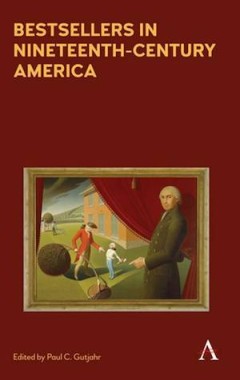
Bestsellers in Nineteenth-Century America : An Anthology
Bestsellers in Nineteenth Century America seeks to produce for students novels, poems and other printed material that sold extremely well when they first appeared in the United States. Many of the most famous American works of the nineteenth century that we know today — such as Herman Melville's Moby-Dick — were not widely read when they first appeared. This collection seeks to of…
- Edition
- -
- ISBN/ISSN
- 9781783085798
- Collation
- -
- Series Title
- -
- Call Number
- 813 BES
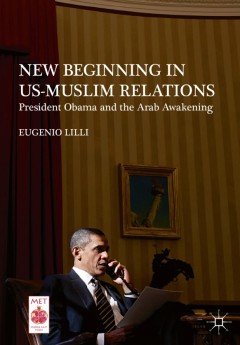
New Beginning in US-Muslim Relations
“In this clear, richly researched, and compelling book, Eugenio Lilli demonstrates that President Obama’s Middle Eastern policies reflect ‘Liberal Talk, Realist Thinking.’ In a wide-ranging study, which includes analysis of the recent Arab uprisings, Lilli argues that there was no re-setting of America’s relationship with the Middle east. On the contrary, US policy under Obama remaine…
- Edition
- 1
- ISBN/ISSN
- 978-1-137-58623-0
- Collation
- XIV, 302
- Series Title
- Middle East Today
- Call Number
- -

Introduction to the American Criminal Justice System
here is a dearth of OER textbooks in Criminology and Criminal Justice, which made creating this textbook all the more exciting. At times we faced challenges about what or how much to cover, but our primary goal was to make sure this book was as in-depth as the two textbooks we were currently using for our CCJ 230 introduction course. The only way we were willing to undertake this project as if …
- Edition
- -
- ISBN/ISSN
- -
- Collation
- -
- Series Title
- -
- Call Number
- 345 BUR i
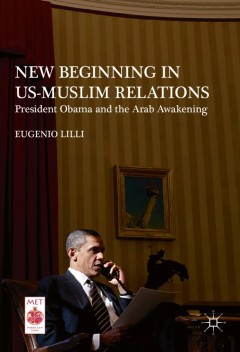
New Beginning in US-Muslim Relations:President Obama and the Arab Awakening
This book carries out a comparative study of the US response to popular uprisings in the Middle East as an evaluation of President Barack Obama’s foreign policy commitments. In 2009, Obama publicly pledged “a new beginning in US-Muslim relations,” causing eager expectation of a clear shift in US foreign policy after the election of the 44th president of the United States. However, the ach…
- Edition
- 1
- ISBN/ISSN
- 978-1-137-58623-0
- Collation
- XIV, 302
- Series Title
- Middle East Today
- Call Number
- -
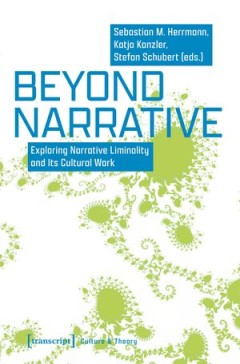
Beyond Narrative: Exploring Narrative Liminality and Its Cultural Work
This book calls for an investigation of the ›borderlands of narrativity‹ — the complex and culturally productive area where the symbolic form of narrative meets other symbolic logics, such as data(base), play, spectacle, or ritual. It opens up a conversation about the ›beyond‹ of narrative, about the myriad constellations in which narrativity interlaces with, rubs against, or morphs i…
- Edition
- -
- ISBN/ISSN
- 9783839461303
- Collation
- -
- Series Title
- -
- Call Number
- 302.23 BEY b

A Doctor Across Borders : Raphael Cilento and public health from empire to th…
In his day, Raphael Cilento was one of the most prominent and controversial figures in Australian medicine. As a senior medical officer in the Commonwealth and Queensland governments, he was an active participant in public health reform during the inter-war years and is best known for his vocal engagement with public discourse on the relationship between hygiene, race and Australian nationhood.…
- Edition
- -
- ISBN/ISSN
- 9781760462642
- Collation
- -
- Series Title
- -
- Call Number
- -
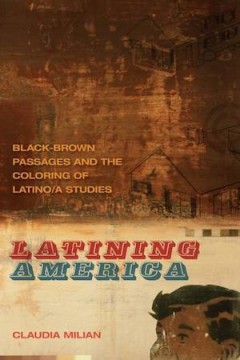
Latining America : black-brown passages and the coloring of Latino
Claudia Milian proposes that the economies of blackness, brownness, and dark brownness summon a new grammar for Latino/a studies that she names “Latinities.â€_x009d_ Milian argues that this ensnared economy of meaning startles the typical reading practices deployed for brown Latino/a embodiment. Latining America keeps company with and challenges existent models of Latinidad, demanding …
- Edition
- -
- ISBN/ISSN
- 978-0-8203-4436-2
- Collation
- -
- Series Title
- -
- Call Number
- 305.868 073 MIL l
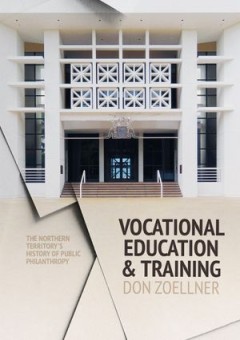
Vocational Education and Training The Northern Territory’s history of publ…
This book represents the first consolidated history of vocational education and training in the Northern Territory. Not only does the story present a chronological account of events, people and institutions, it also offers an explanation of how the system actually works and this has application well beyond the Territory. The mix of historical accounting and operational analysis comes from a uni…
- Edition
- -
- ISBN/ISSN
- 9781760460990
- Collation
- -
- Series Title
- -
- Call Number
- -
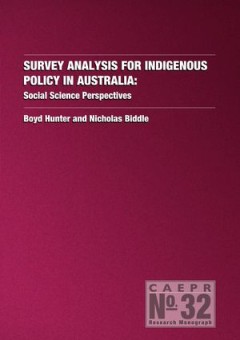
Survey Analysis for Indigenous Policy in Australia: Social Sciences Perspectives
Indigenous policy is a complex domain motivated by a range of social, cultural, political and economic issues. The Council of Australian Governments ‘closing
- Edition
- -
- ISBN/ISSN
- 9781922144188
- Collation
- -
- Series Title
- -
- Call Number
- 301 HUN s

The Promise of Prosperity: Visions of the Future in Timor-Leste
For the people of Timor-Leste, independence promised a fundamental transformation from foreign occupation to self-rule, from brutality to respect for basic rights, and from poverty to prosperity. In the eyes of the country’s political leaders, revenue from the country’s oil and gas reserves is the means by which that transformation could be effected. Over the past decade, they have formulat…
- Edition
- -
- ISBN/ISSN
- 9781760462529
- Collation
- -
- Series Title
- -
- Call Number
- 301 PRO p
 Computer Science, Information & General Works
Computer Science, Information & General Works  Philosophy & Psychology
Philosophy & Psychology  Religion
Religion  Social Sciences
Social Sciences  Language
Language  Pure Science
Pure Science  Applied Sciences
Applied Sciences  Art & Recreation
Art & Recreation  Literature
Literature  History & Geography
History & Geography